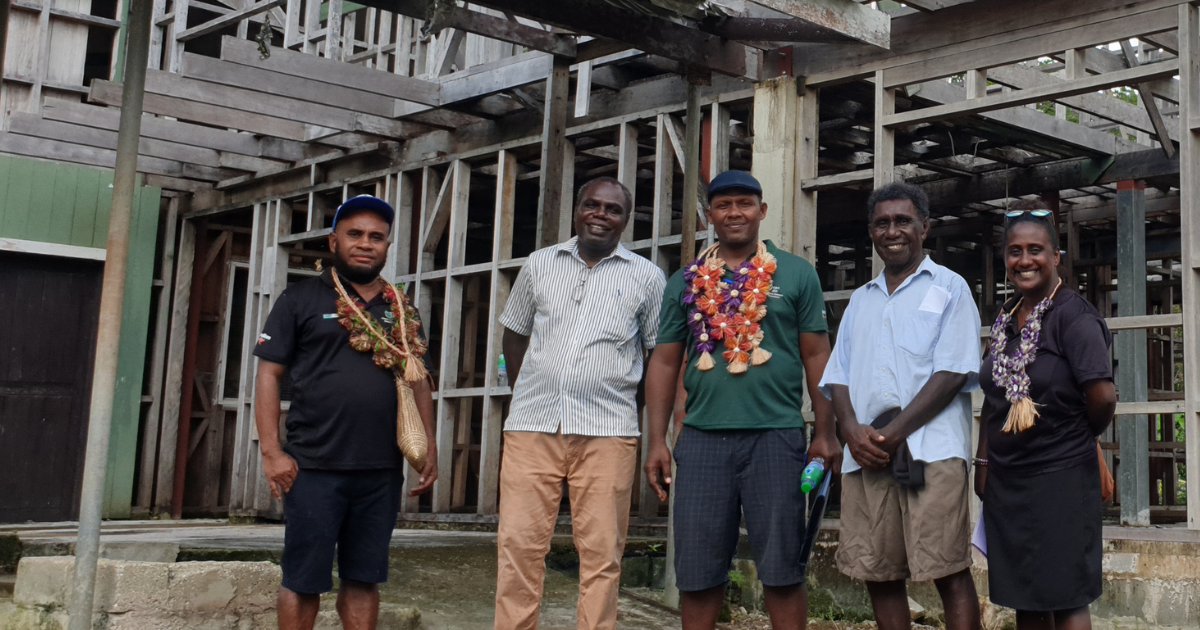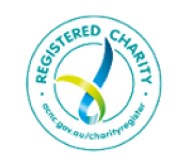
Exemplifying the CAN DO
Spirit in Soloman Islands
Katherine Davies, Communications Lead at AOA, joined Lionel Dau as he introduced her to the work he is doing to ensure communities in the Solomon Islands are ready during disasters.
In 2007, Lionel Dau witnessed the devastating impact of a tsunami on his country, Solomon Islands, with 52 lives lost and many villages destroyed. This experience, coupled with professional roles in climate change projects and studies in Melbourne, solidified his passion for working with communities to mitigate the effects of climate change and improve disaster preparedness. Lionel (pictured below right) is the Church Agencies Network—Disaster Operations (CAN DO) Program Coordinator in Solomon Islands and works closely with AOA’s Tim Hartley on the Disaster READY program supported by the Australian Humanitarian Partnership. It’s a role that demands adaptability, cultural sensitivity, and an unwavering commitment to the communities served. ‘To keep people safe, it is important to work with the governance structure of the community,’ Lionel explains.
I joined Lionel in Kolina One, a village about an hour out of Honiara and just beginning its journey with the Disaster READY program. Each Solomon Islands community has a unique origin. Kolina One was only established in 2006; the Chairman, Anthony (pictured left), who oversees all programs in the community, says that ‘at first there were only two families… now it’s 27.’ As they’ve grown they have gradually developed their infrastructure. ‘We are good leaders,’ Anthony says as he reflects on all they have achieved. His job is to ensure the community programs run effectively, especially during disasters the community regularly faces, such as flash flooding, earthquakes, and fires. It’s a lot to manage and, with limited resources, it’s vital that NGOs such as AOA can support their efforts to keep their community safe.
In the centre of Kolina One stands a hill, the site of a large church; it is a place of worship, a place for celebrating–and a place of refuge. ‘When flooding strikes, we all run up to the church,’ Anthony reports.
With a large river nearby, people are used to fleeing to safety. However, wherever they go, a key problem remains: there is no sanitation in the village. Lionel discovered this when he first met with Anthony and other village members, saying, ‘they identified sanitation as one of the most urgent needs, not just during emergencies, but for normal church activities.’
Toilets being provided through the project and have been designed to be disability inclusive, so all members of the community can access and use them safely. Around 25 community members are being trained in Disaster Preparedness and Theology of Disaster in a Changing Climate. From a biblical point of view, this course explores the meaning of resilience, preparedness, and suffering during disasters. From here, the community will develop a Disaster Preparedness Plan with a focus on disability inclusion to ensure everyone knows what to do when an emergency strikes and all members of the community are assisted up the hill to the church and looked after when they get there.
‘I am looking forward to every community CAN DO is working with having a disaster preparedness plan,’ adds Lionel. These will be linked with the National Disaster Management Office, with annual training using simulation exercises. When I ask Lionel what he hopes these plans will do, his answer is simple: ‘I’m hoping these plans will save lives.’
Disaster READY is supported by the Australian Government through the Australian Humanitarian Partnership (AHP).





